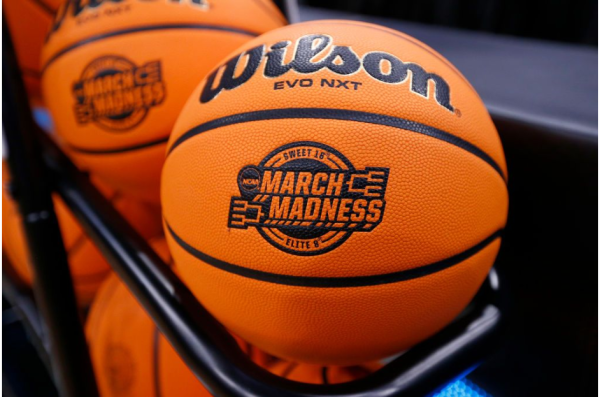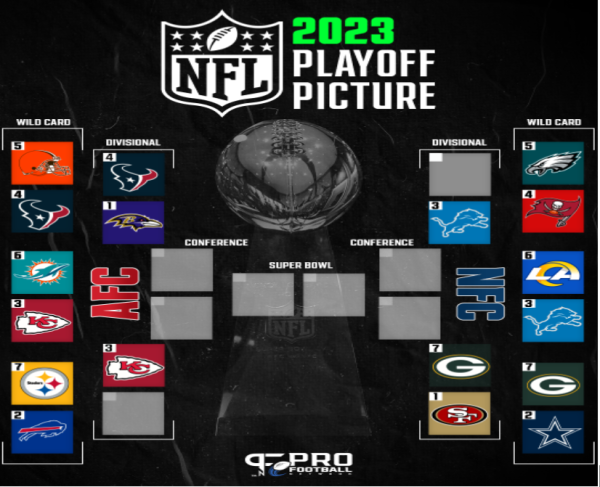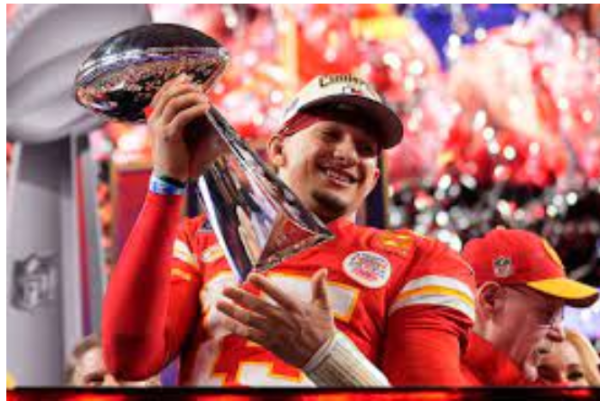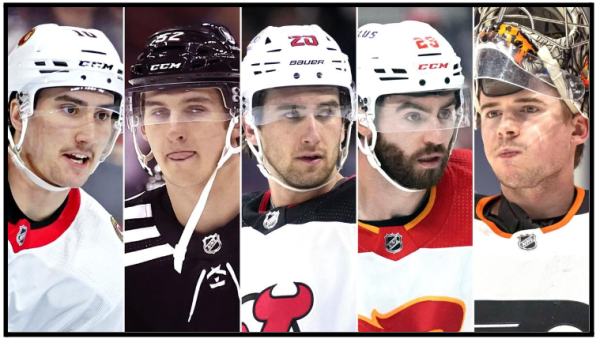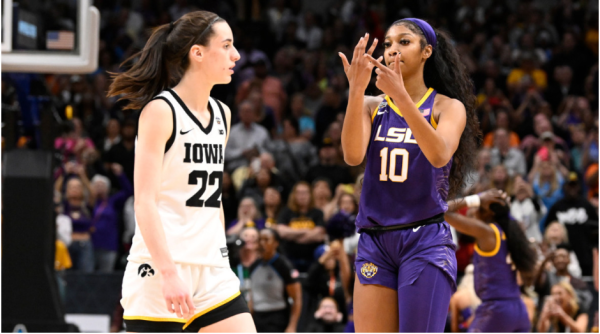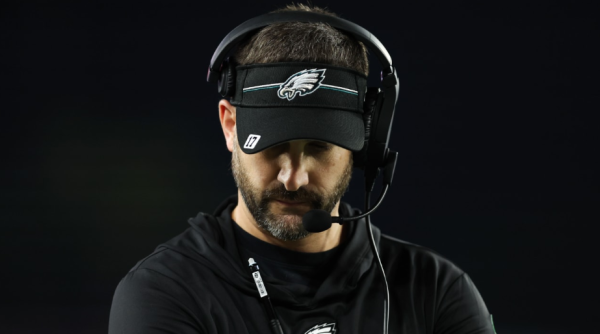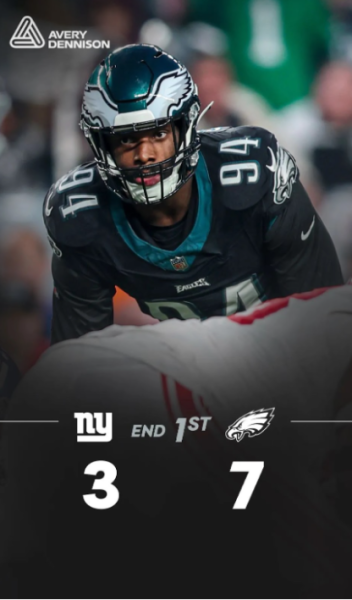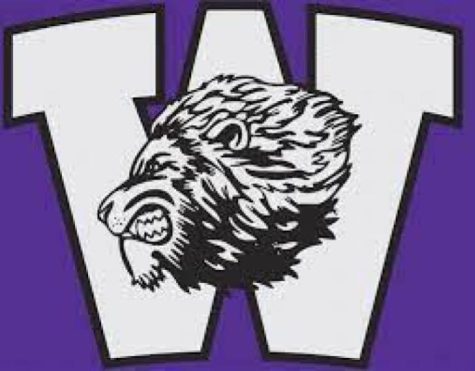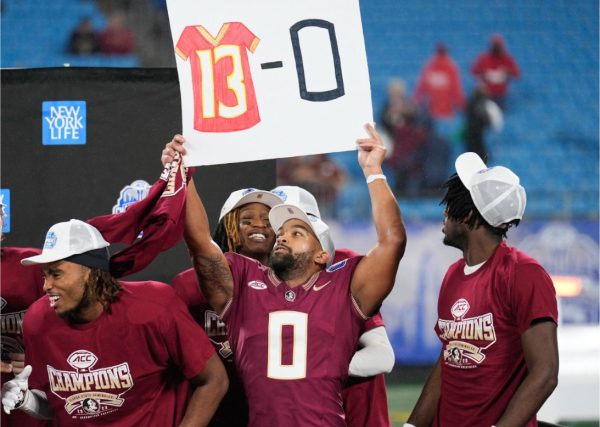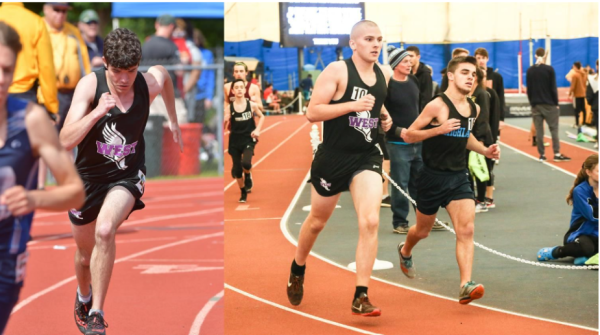Turf vs Grass
May 18, 2016
Recently Cherry Hill high schools have been granted the opportunity to put in new turf fields. Turf is taking the sports world by storm as athletic programs are turning to it as an alternative to ordinary grass fields.
Turf fields can give sports programs an advantage, allowing their teams to practice at a high level at all times. In bad weather, sports teams must find an alternative because their grass fields are not playable. The fields are too muddy for players to play on. At West, sports that are required to play outside are expected to adjust their practice schedules and routines when bad weather hits because everyone is forced to practice in the gyms.
Other schools also have an advantage when playing sports such as soccer and field hockey. Mr. Laird, the athletic trainer here at Cherry Hill West, explains how when we travel to other schools with turf fields we are at a disadvantage due to the lack of experience playing on turf. “The speed of the ball increases and the run of the ball is very different because of the smoothness of the field [as opposed to] the irregularity of regular grass.”
With turf, sports teams are able to practice in the bad weather. The turf provides a stable surface that players are able to compete on. In bad weather, West’s fields are a combination of mud, rocks, and geese droppings. With the arrival of the turf field, the field will be kept to a higher standard. With something this expensive the township needs to take action to keep away natural problems such as geese droppings.
The turf would also provide an even playing surface. The even playing surface will decrease the amount of injuries because there won’t be any pot holes for players to accidentally step in. The pot holes are created when athletic events are played in bad weather, the wear and tear on the surface creates small holes in the ground. These holes can cause a serious injury if a player steps in one while running full speed.
Mr. Laird expects an increase of injuries with the arrival of the new turf. “I anticipate there will be more minor injuries such as turf burns and mild strains. In the long run I see more contusions and bruises that will occur as the turf gets older.” This adds on to some of the new problems that will arise with the new turf field.
Some people do not agree with the idea of putting in new turf fields. Some think it is too expensive, especially because when turf is damaged or ripped, it costs a lot to repair it – five to twenty dollars per square foot. Additionally, turf is known to last around eight to ten years; the school would then have to determine whether the turf needs to be replaced or not.
A recent survey was released by Arkansas University where 1,511 active NFL players were asked for their preference on playing surfaces. 73% said they prefer to play on natural grass, 18% prefer to play on turf, and 9% have no preference. Another survey was released, asking NFL players which surface caused more fatigue and soreness. 5% said grass causes the most fatigue, 74% said turf, and 21% said they were the same. With this data, it is clear that players would much rather play on grass rather than turf.
Turf is covered in shredded tires serving as the alternative to dirt. The tire parts provide traction and padding for players. The extra padding will decrease injuries such as bruises and contusions when hitting the surface. Unfortunately, the black beads also attract heat. A recent study shows the difference in temperature on different surfaces. On a 94 degree day, natural grass is 104 degrees, sand is 132 degrees, asphalt is 136 degrees, and turf is 165 degrees.
Come the start of the 2016 fall sport season, Cherry Hill West will have a brand new turf field accessible for all sports. The new field is a big step for West sports, “I think it will improve it [West sports], I think it will bring a more positive attitude from the students”, explains Mr. Laird. Athletes at West should be excited for the new turf field.

